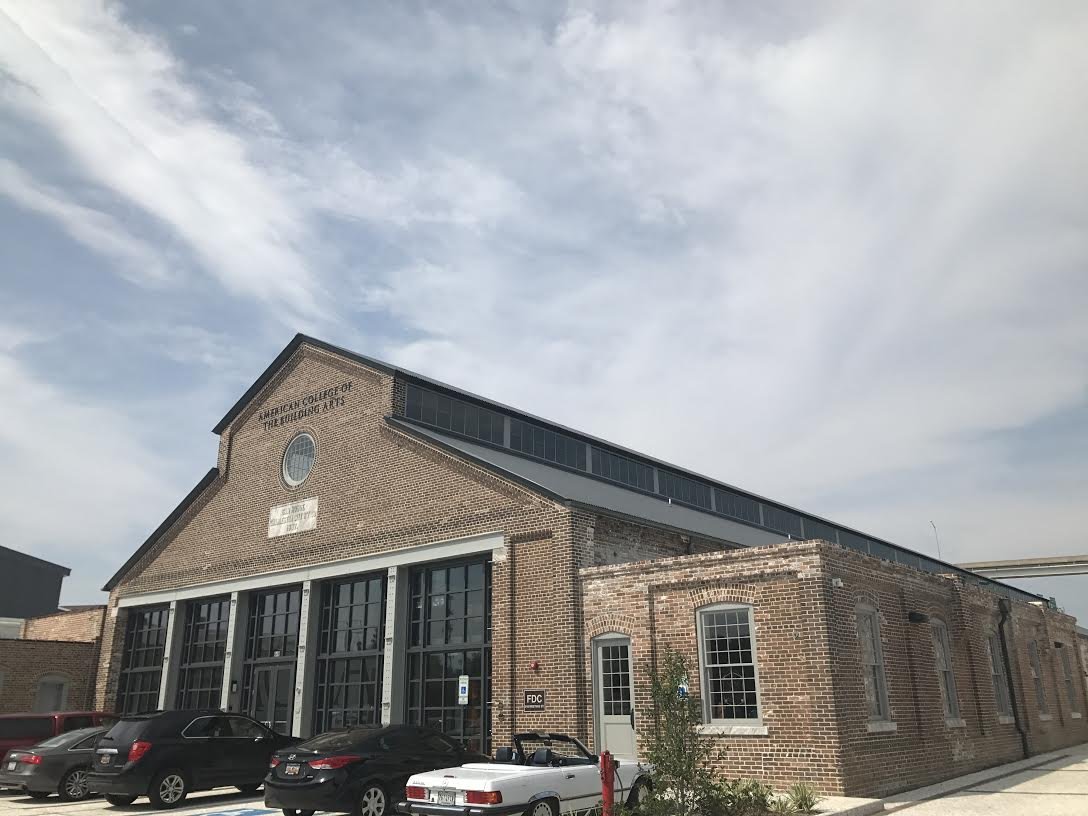
Our History
The history of ACBA can be traced back to 1968, when the National Trust for Historic Preservation issued its Whitehill Report, warning that the last generation of traditionally trained artisans was rapidly aging out of the job market as the construction industry increasingly emphasized pre-fabrication and mass-production automation. At the same time, America was experiencing a crucial loss of educational resources to train craftspeople with the skills needed to repair, restore and preserve our nation’s architectural and cultural heritage.
Initially the Whitehill Report drew limited public interest. Yet its warning that America was not producing enough skilled artisans to meet the demand for historic repairs and restorations became very real in the aftermath of Hurricane Hugo, a devastating Category Four storm that struck the Southeastern coast of the United States in 1989. The storm’s winds and water damaged or destroyed many of the Lowcountry’s historic buildings and left much of Charleston’s iron, plaster and fine wood work in disrepair. Property owners and stewards of historic civic buildings had to search as far away as Europe to find professionals with the skills needed to repair the damage.
In response to this gap, a group of local leaders planted the seeds that led to the founding of ACBA in 1999. Originally named the School of the Building Arts (SOBA), classes were offered at several different locations in and around the city of Charleston, including the city’s iconic Old District Jail, c. 1802, which became the college’s primary location for 17 years. During its occupancy, the college served as a caretaker of the jail and its rich history. In return, the jail served as a living laboratory as faculty members led students in assessing its needs and the proper methods for its restoration, preservation and reconstruction. The carpentry and blacksmithing specializations were housed in a facility on nearby James Island.
That educational model, however, proved difficult to execute, and the school’s founders regrouped to establish a unique degree-granting college, integrating the American liberal arts degree model with the artisan teaching styles of Europe. In 2004, the S.C. Commission on Higher Education licensed the school to recruit students for the Bachelor of Applied Science (four-year) and Associate of Applied Science (two years) degrees in the building arts. Renamed the American College of the Building Arts, the college awarded its first degrees to seven students in 2009. During this time, ACBA reconfigured its administration, hiring Lt. Gen. (Ret.) Colby M. Broadwater III as its president and other administrative team members with strong business experience.
Having outgrown its facilities, ACBA launched a major fundraising effort in 2014 to establish a single, expanded campus that could consolidate the teaching of all its trades under one roof. With a major donation from Parallel Capital and from Russell and Betty Joan Hitt, founders of Virginia-based HITT Contracting, early supporters of ACBA, the college raised funds to purchase and renovate Charleston’s abandoned Old Trolley Barn on Upper Meeting Street. On May 7, 2015, 150 people attended the ground-breaking ceremony.
It took just over one year and about $6 million to build the new ACBA campus that was formally opened in October 2016. The repurposed building maintains the historical ethos of the original structure while providing students with modern academic and workshop space. Approximately 39,000 square feet were carved out of the barn’s original 24,000 square foot footprint. The front third of the three-story building houses an exhibition lobby, administrative offices, classrooms, labs and a community room available to local civic groups. Workshops and trade classrooms are located in the back two-thirds of the building. A student lounge, computer lab, faculty offices and conference spaces occupy the second floor. The third floor rafters house the Byrne-Diderot Library and studio space for the Classical Architecture and Design specialization.




